Free shipping on all US orders
10% OF OUR PROFIT GOES TO KIDS’N’CULTURE NON-PROFIT ORGANIZATION
AI art is a fascinating field that explores the intersection between artificial intelligence and artistic expression. The rapid progress in machine learning algorithms continues to improve, and very soon we will see even more impressive and interesting examples of art. Whether it can ever completely replace traditional forms of artistic expression is debatable. But there is no denying that it opens new horizons for innovation and creativity available to everyone.
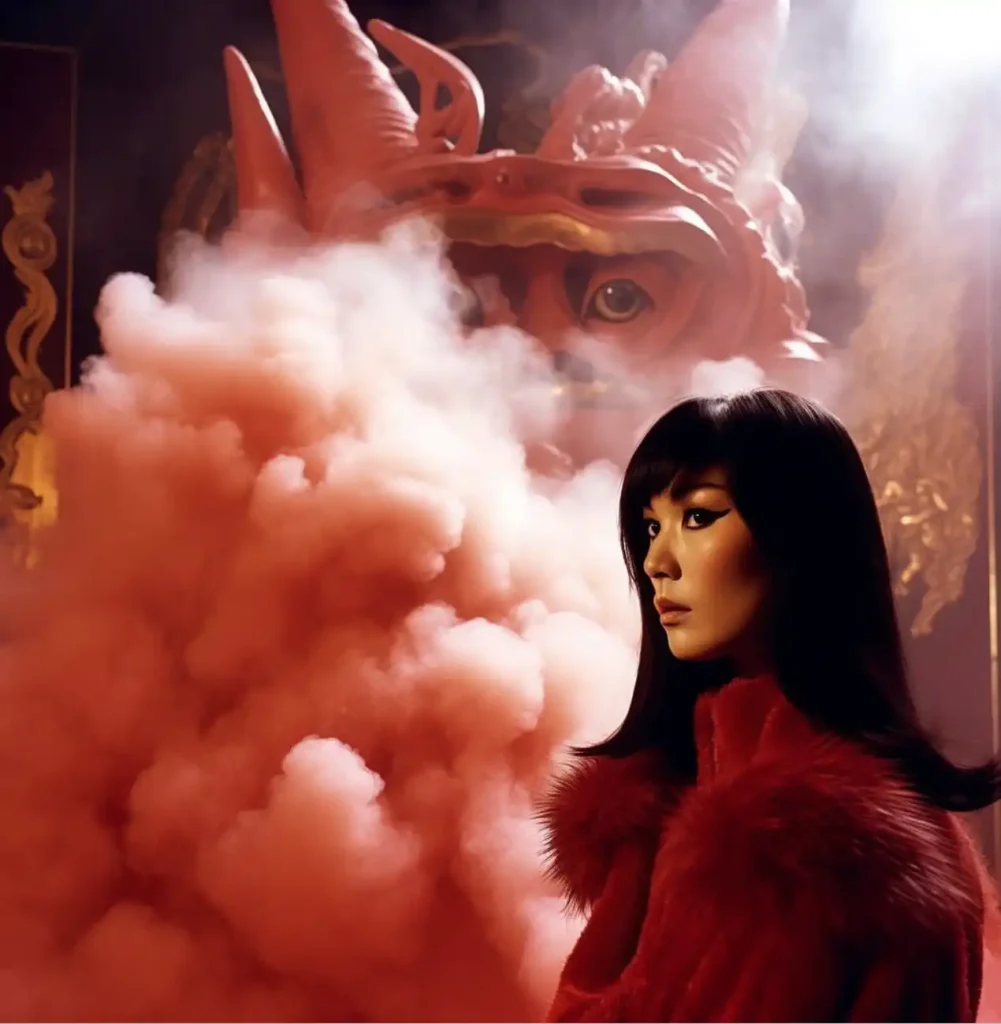
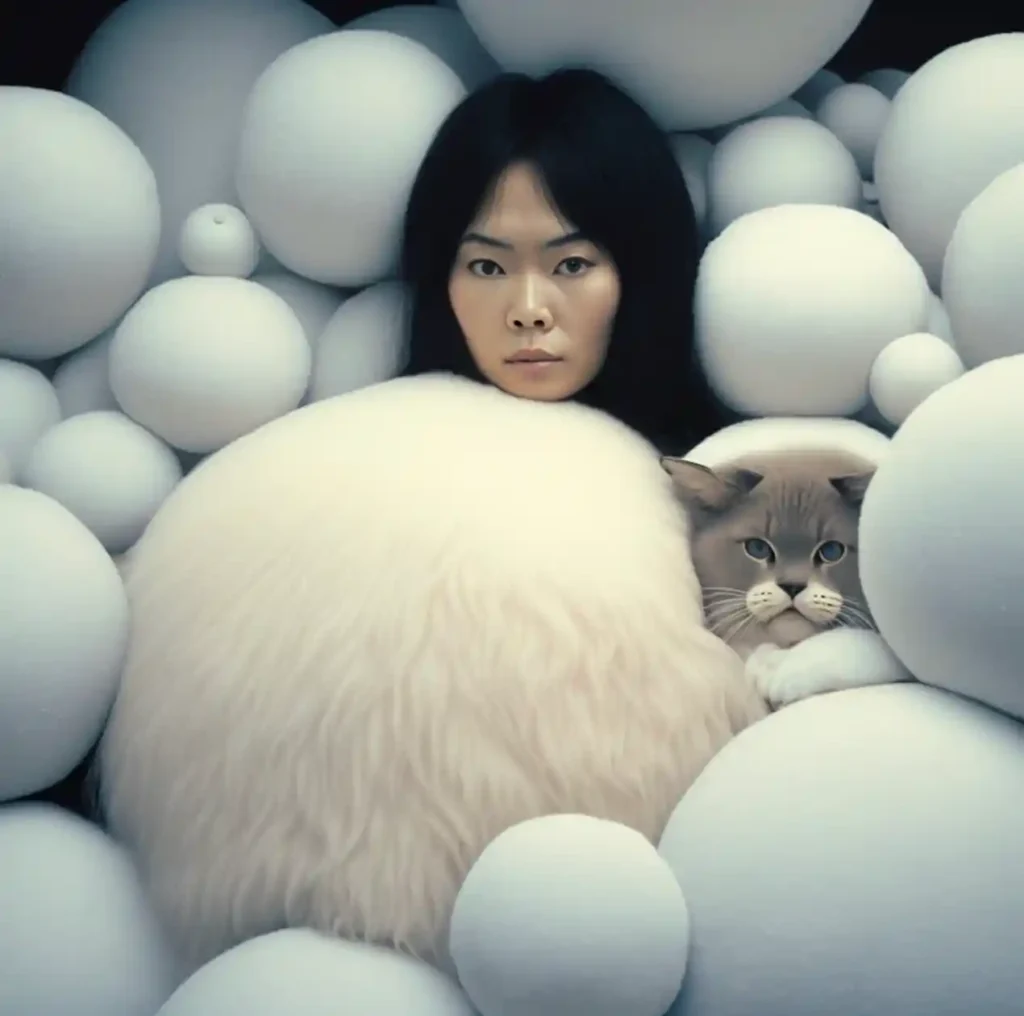
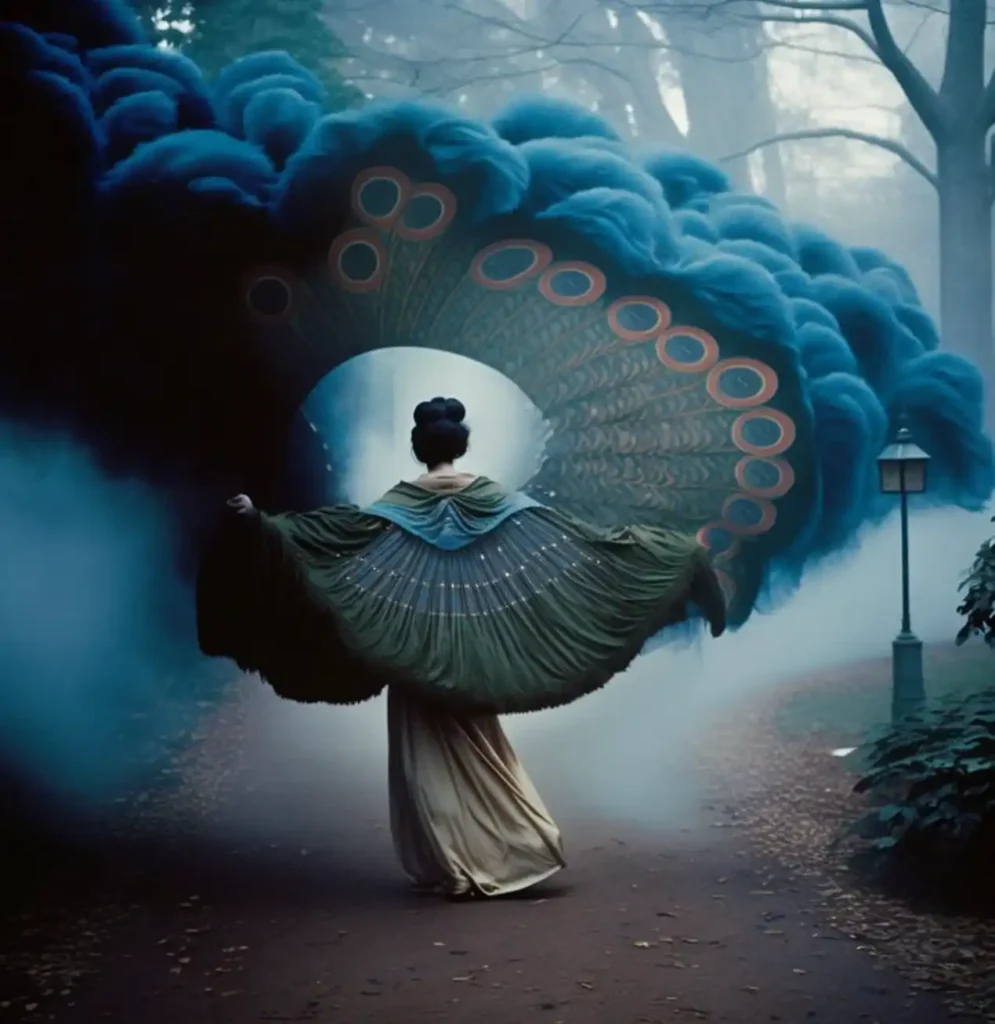
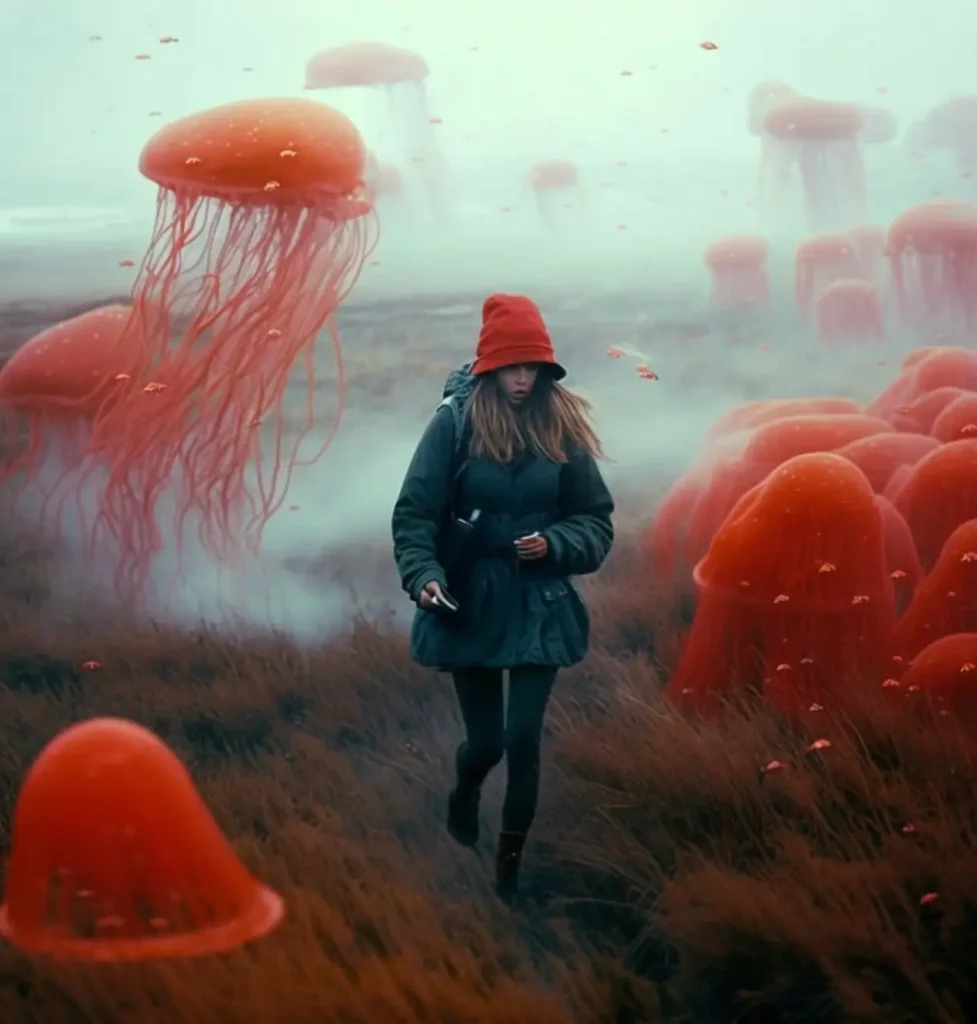

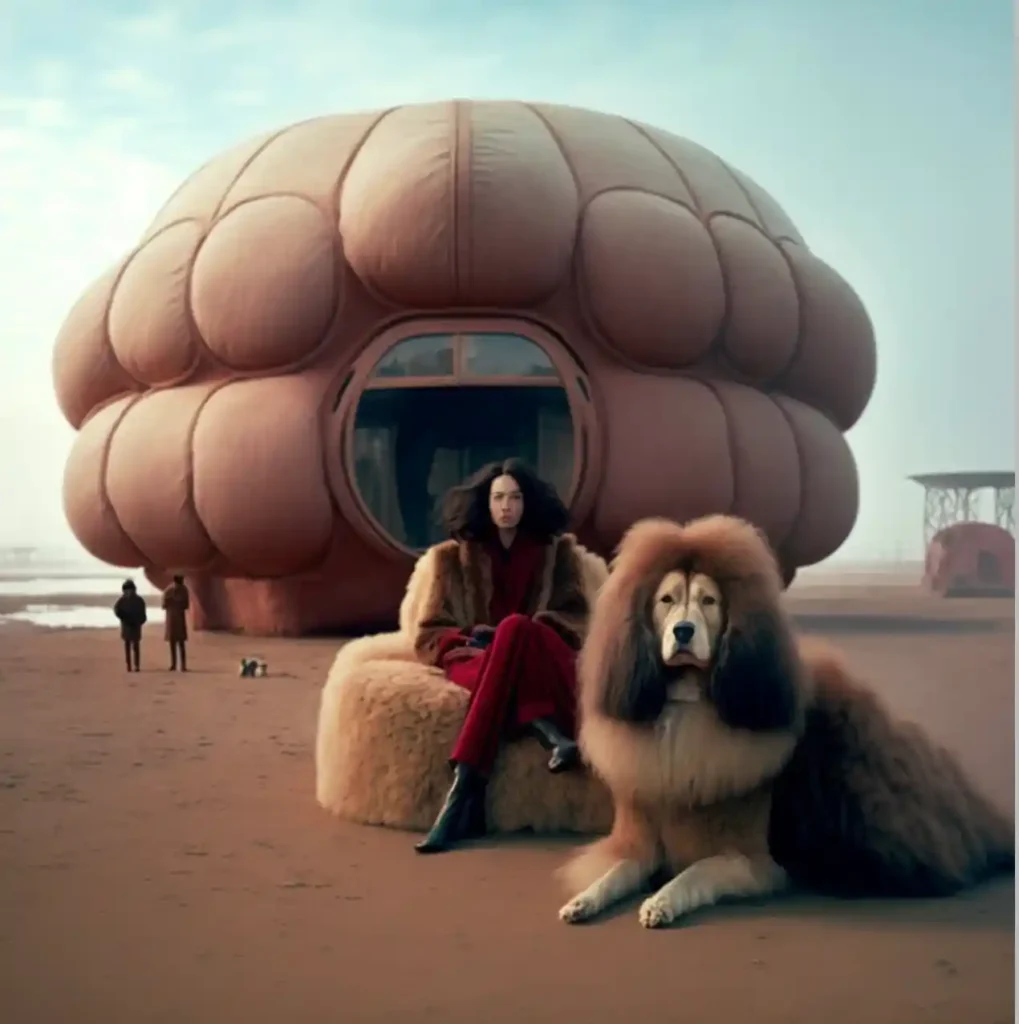

I studied visual arts at university, focusing on photography, sculpture, and digital media. This was just before digital cameras became widely available and during the early days of Photoshop—so I spent a lot of time in the darkroom, experimenting with developing film and photographs manually. Later, I pursued a postgraduate degree in digital media, which at the time served as a broad term encompassing UX/UI design.
Over the years, I have primarily worked in graphic and interactive design, with brief stints in the film industry. For the past 10 years, I have been designing furniture and lighting under my own brand, Object/Interface. Initially, I began using AI to enhance the longevity of my product photos for marketing purposes, but I soon found immense creative joy in the process. This led to the creation of The Brigadoon Dispatch, a platform where I explore creative writing and artistic expression.
I’m not entirely sure, maybe you could tell me… But I think my work has an aesthetic that is somewhat real, but with just enough whimsy or surrealism to allow people to get lost in them momentarily as little cinematic vignettes. While some images a more real than others I’m not trying to trick people into thinking that they are actual photographs and the content isn’t so far detached from real life that you can still find things in them that are relatable. They aren’t glossy, they have an appeal of vintage photographic memories that most people can probably identify with and then in combination with the captions I write for each, viewers always seem to find something about them to connect with.
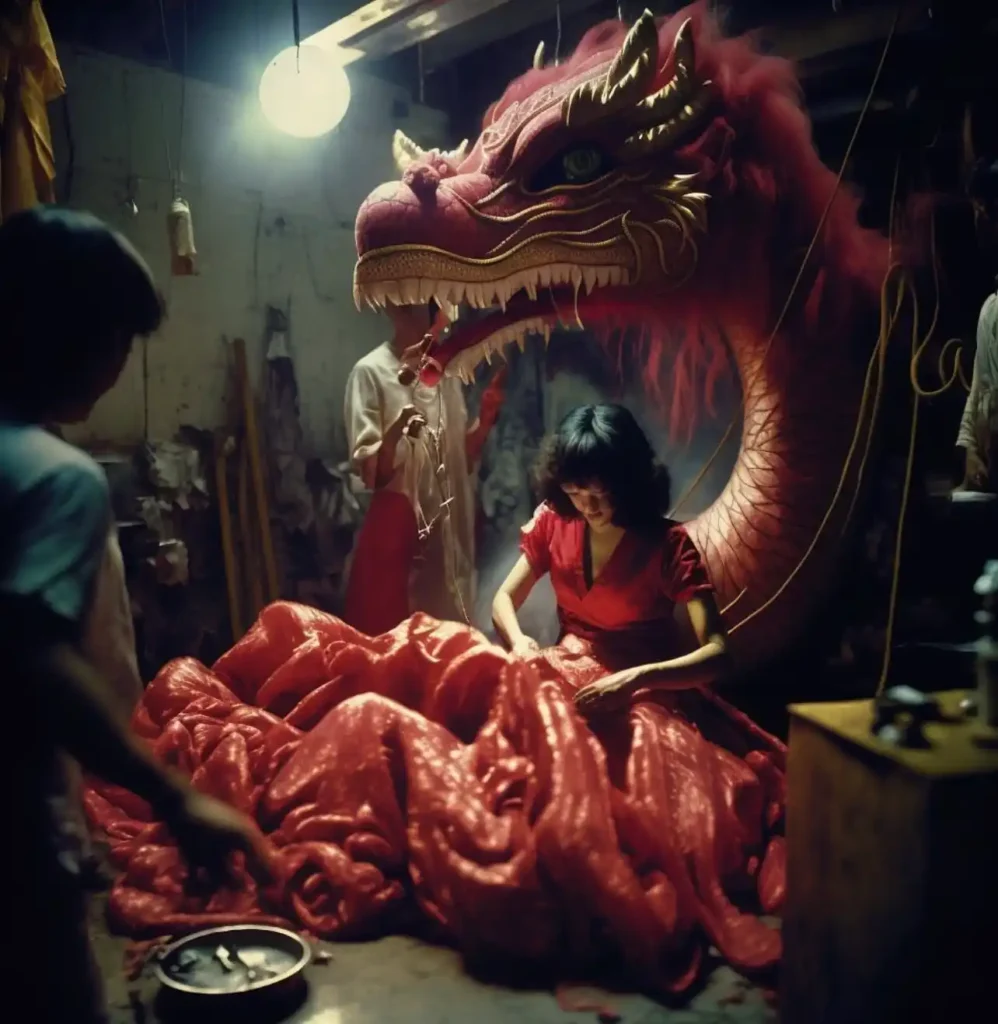
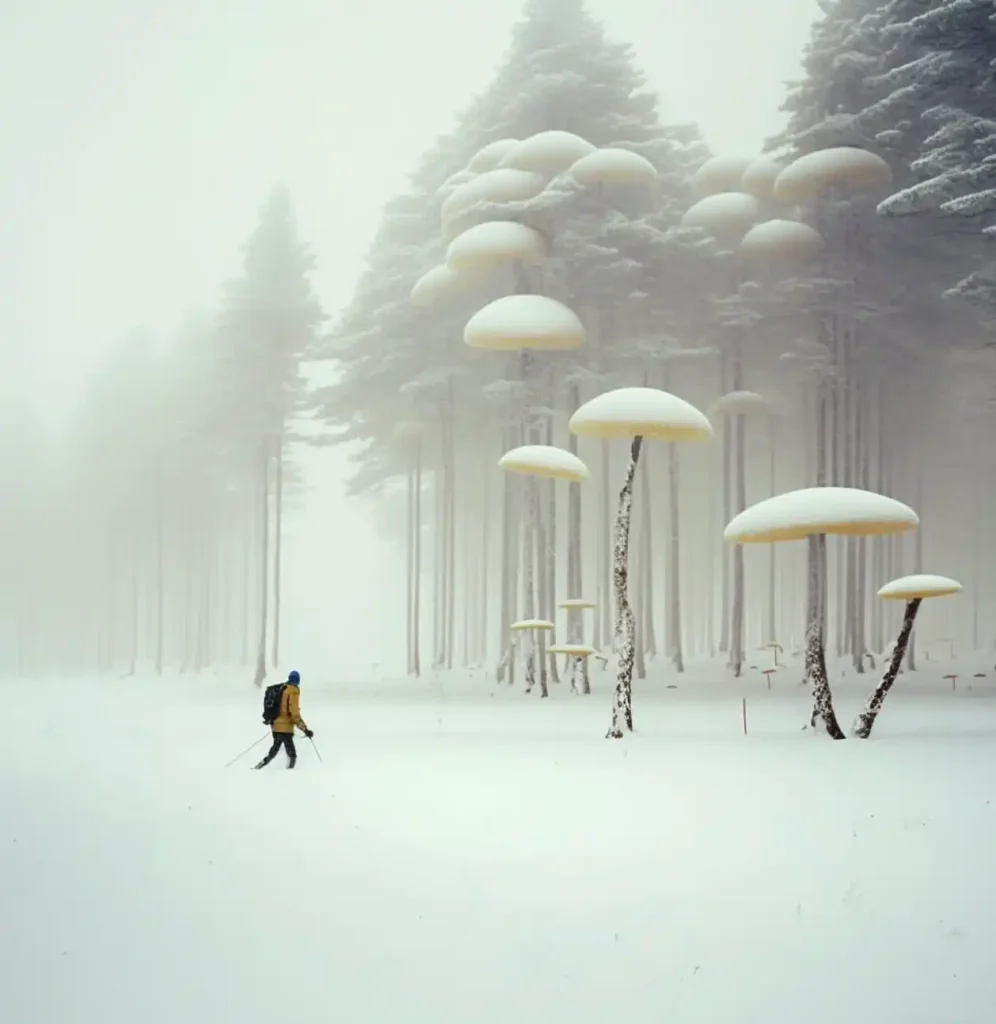
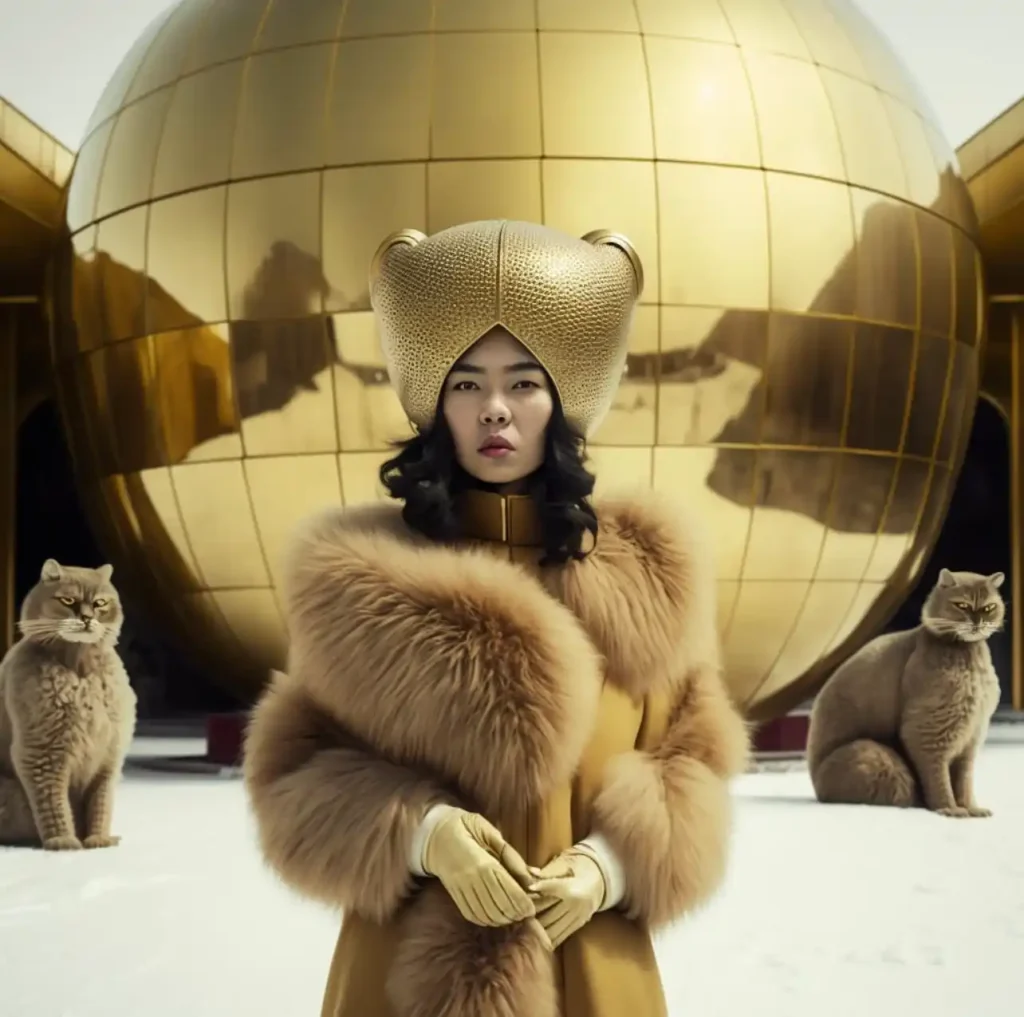
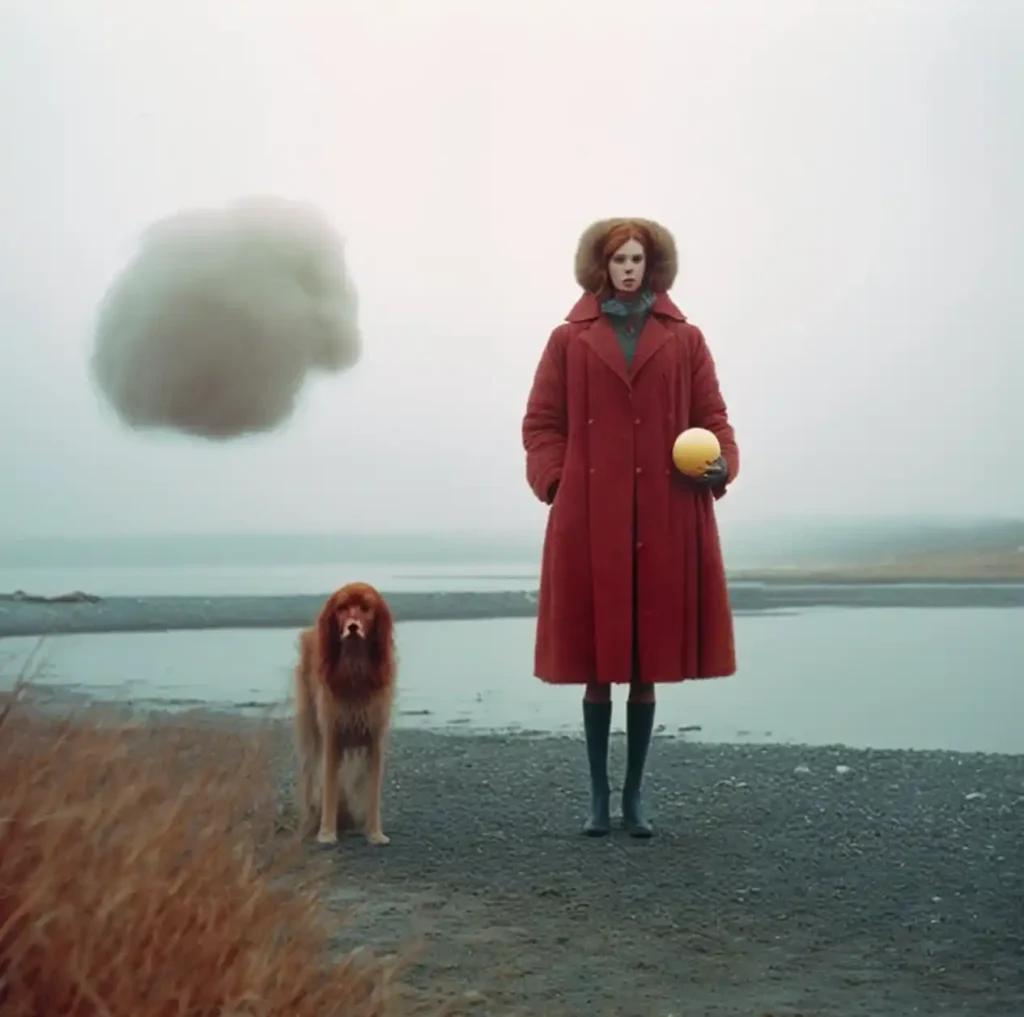
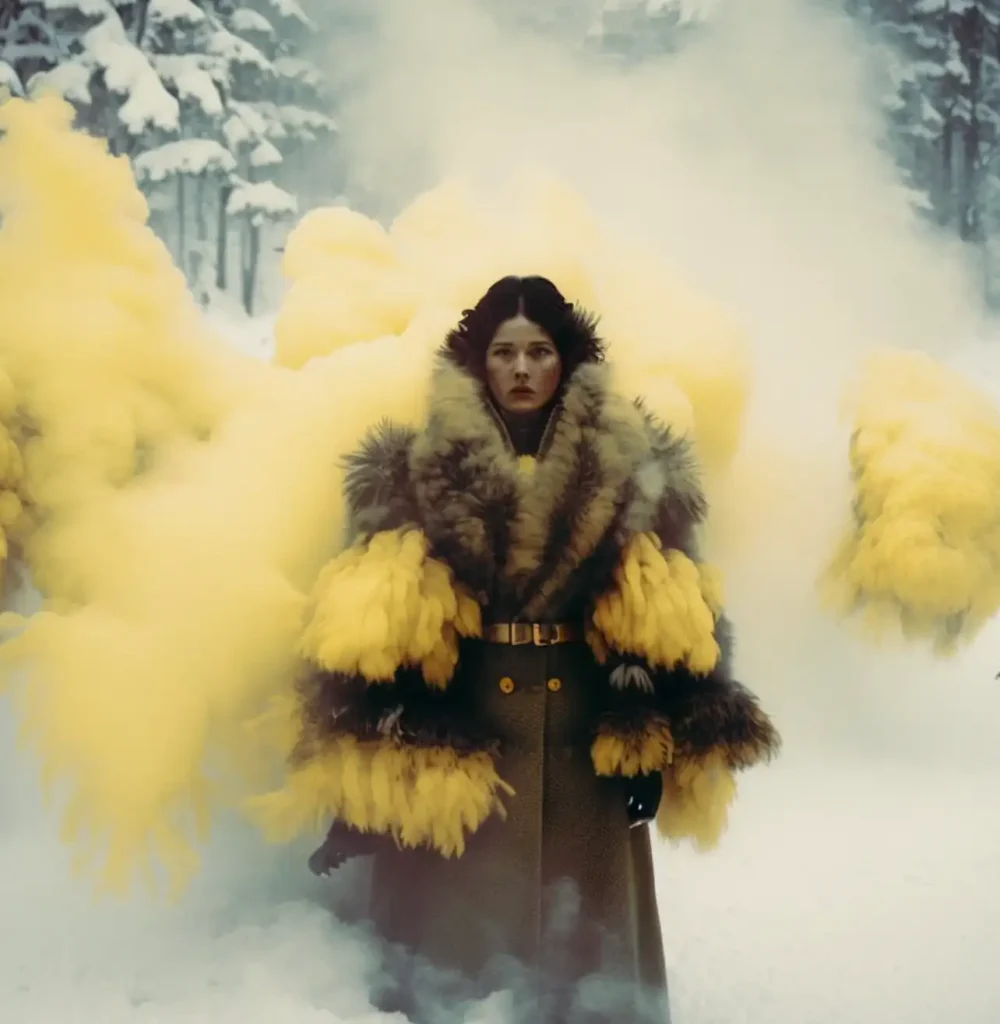
There are no reviews yet. Be the first one to write one.
A whole world on the tip of a pencil. The story of an artist who proved that true art has no limits and that it is never too late to start all over again.
International fashion icon and symbol of Parisian style, Ines de la Fressange is one of the most famous women in France.
Anastasia Pilepchuk is a Berlin-based artist with Buryat roots. She creates masks and face jewellery inspired by the nature and the culture of her beautiful region.
A whole world on the tip of a pencil. The story of an artist who proved that true art has no limits and that it is never too late to start all over again.